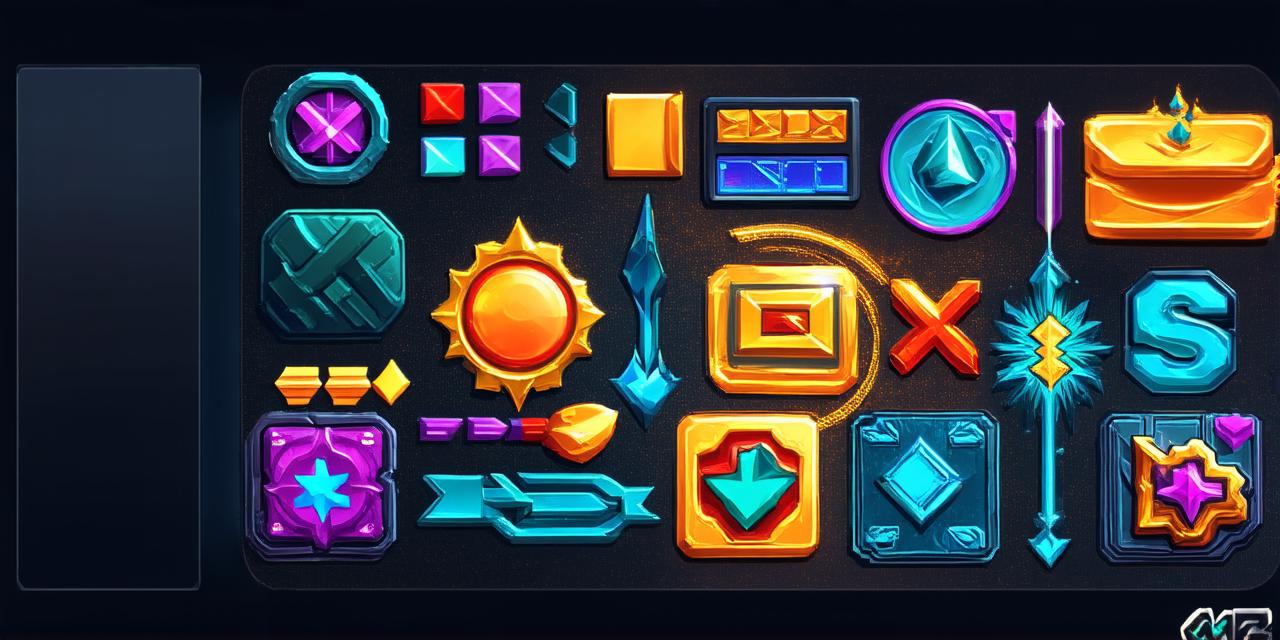Are you looking to create a viral idle mobile game that will keep players engaged for hours? If so, then you’re in luck! In this article, we will provide you with a step-by-step guide on how to make an idle mobile game. We will also share some tips and tricks to help you optimize your game and increase its chances of success.
Step 1: Define Your Game Concept
Before you start coding, it’s important to define your game concept. This includes deciding on the theme of the game, the mechanics, and the features that will make it stand out from other idle games.
For example, you could create an idle clicker game where players tap a button to earn coins, which they can use to upgrade different aspects of their game. Alternatively, you could create a puzzle game where players have to solve increasingly difficult levels to progress.
Once you have your concept, it’s time to start designing your game. This includes creating wireframes and prototypes to test out different ideas and get feedback from potential players.
Step 2: Choose Your Development Tools
There are many tools available for developing mobile games, including Unity, Unreal Engine, and Construct 3. Each of these tools has its own strengths and weaknesses, so it’s important to choose the one that best suits your needs.
Step 3: Create Your Game Assets
The next step is to create your game assets, which include things like characters, backgrounds, and sound effects. There are many tools available for creating game assets, including Photoshop, Illustrator, and Blender.
It’s important to make sure that your game assets are of high quality and fit the theme of your game. You should also pay attention to details like lighting and shadows, as these can have a big impact on how players perceive your game.
Step 4: Write Your Code
Once you have your game concept, development tools, and assets in place, it’s time to start writing your code. This includes everything from creating the user interface to implementing the mechanics of your game.
If you’re new to game development, then it might be helpful to start with some tutorials or courses to learn the basics of coding. There are many resources available online that can help you get started.
Step 5: Test and Optimize Your Game
After you’ve written your code and created your game assets, it’s important to test your game thoroughly to ensure that it works as intended. This includes testing on different devices and operating systems to make sure that your game is compatible with all of them.
It’s also important to optimize your game for performance. This includes things like reducing load times and minimizing memory usage, as these can impact how players perceive your game.

Step 6: Publish Your Game and Promote It
Once you’ve tested and optimized your game, it’s time to publish it on the app store or Google Play. This includes creating a marketing plan to promote your game and attract players.
There are many ways to promote your game, including social media advertising, influencer collaborations, and content marketing. It’s important to find the strategies that work best for your target audience and use them to drive downloads and engagement.
